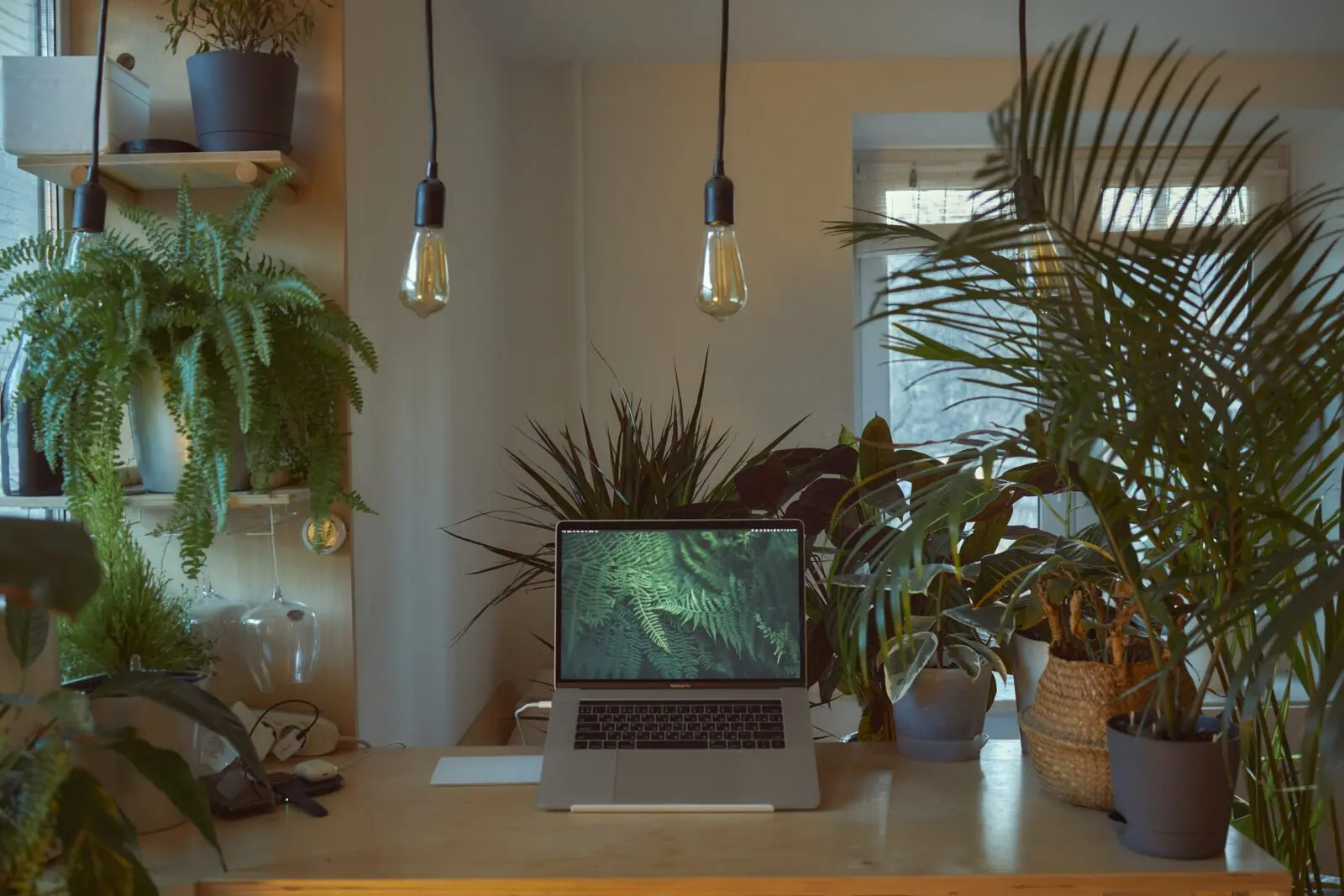According to WHO (the organisation, not the magazine), the average person spends a third of their adult life at work. If your workspace consists of a screen surrounded by walls, carpet and a poster of your favourite footy team, maybe it’s time to add a touch of nature.
As practicing biophiliacs (yeah, you’re gonna have to google that) it makes sense to bring the green indoors. The connection humans feel to nature is more than just a want, it’s a need.
Indoor plants are as effective as healthy eating and physical activity in regulating the body. In fact, research shows that individuals who work alongside an office plant for a year are likely to decrease their fatigue, eye irrigation, dry skin and headaches by 28%. This positive impact on the body is partially due to the psychological value of being in view of nature. Plants positively alter our perceptions, ultimately leading us to feel and be healthier.
The Japanese were onto this way before the rest of us, practicing Shinrin-yoku – forest therapy or forest bathing. While forests at work could be a workplace health and safety issue (was that a brown snake?), indoor plants produce a similar calming effect. Adding any greenery to the workspace calms the mind, fosters creative thinking, innovation and imagination.
The new prescription for better health and mental wellbeing includes spending 120 minutes a week in nature and if you haven’t got an internal green space or roof garden (sticks poking out of your roof guttering doesn’t count), it’s enough to just have a view towards greenery.
Mental exhaustion is a productivity killer, which is why taking a mental minibreak several times a day can restore energy, vitality and attention. A 40 second micro-break spent looking out over your garden is shown to be far more restorative than eyeing your concrete driveway!

